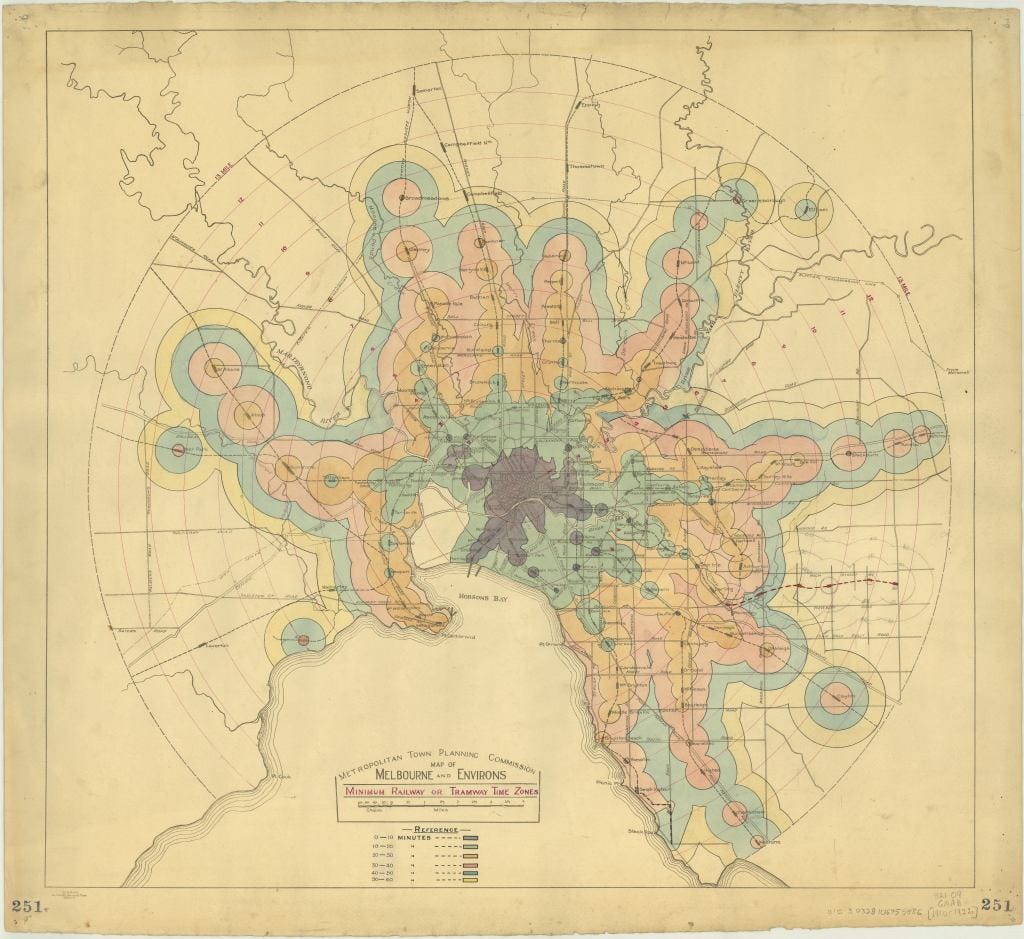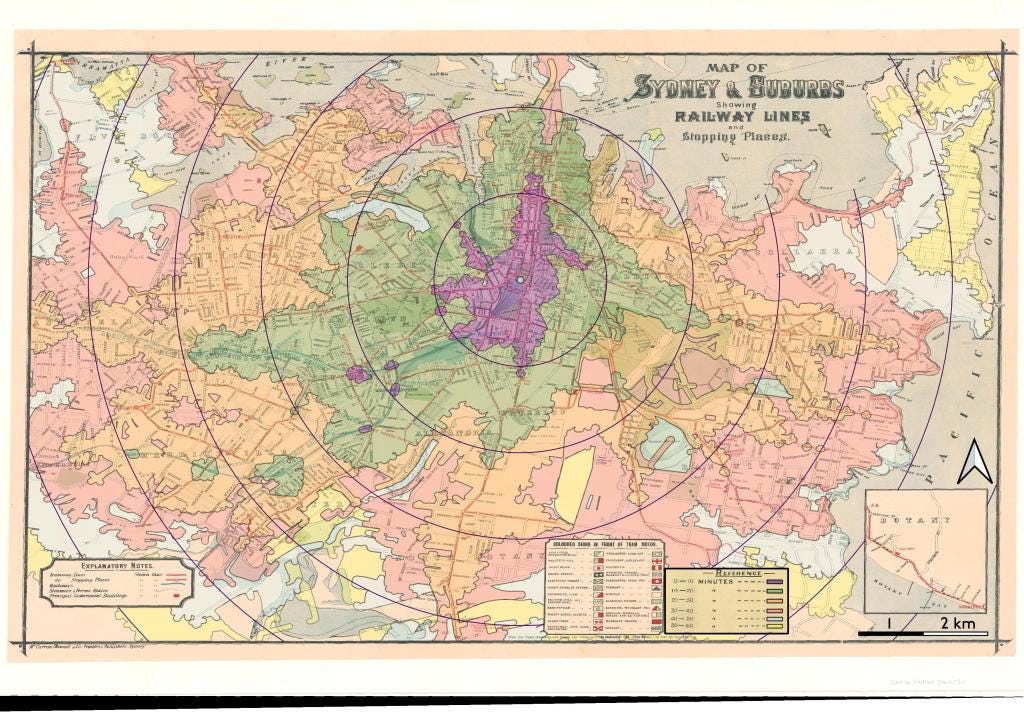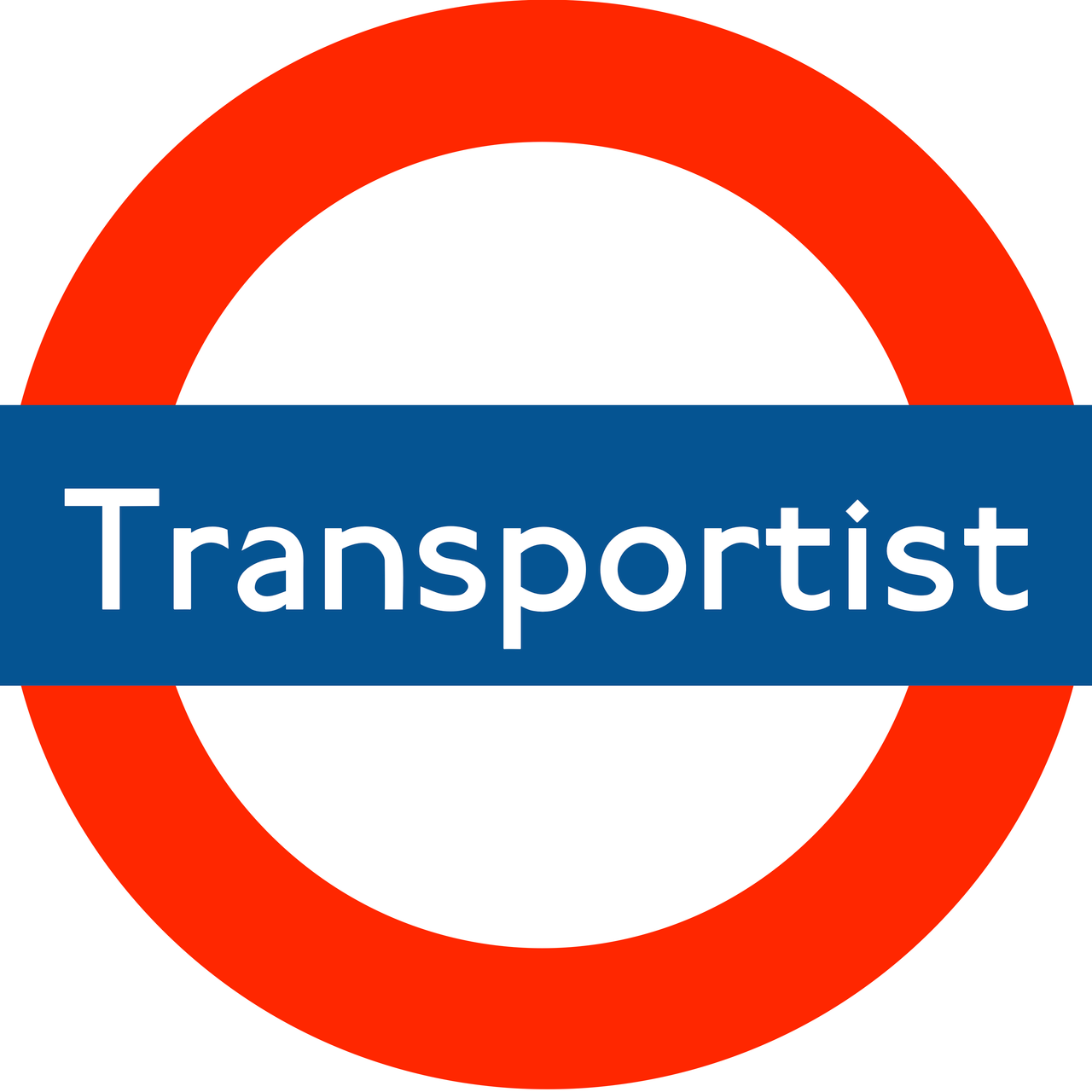Transportist: April 2022
Welcome to the latest issue of The Transportist, especially to our new readers. As always you can follow along at the transportist.org or on Twitter.
Follow-up
Sydneysiders will get 12 days of free travel across the public transport network after “the NSW Rail, Tram and Bus Union threatened to strike every Friday in June unless the government instituted a period of free travel for commuters as an apology for last month's fiasco when trains shut down for 24 hours.” This occurs during the school holidays when demand is lower.
Evaluating Evaluation
We need a way of assessing strategic (i.e. UTPS-like ‘four-step’) transport models.
My first real job was working as a transport modeler for the Montgomery County, Maryland Planning Department. At the time, models were about a third of a century old, dating from the mid-1950s, deriving from the work of Douglas Carroll et al. in Detroit and then Chicago. I worked on developing a new model for the Washington DC region, (as we didn’t really trust the model from MWCOG, and wanted our own), Travel/2, using then current data and ideas in transport modeling. It had some good features which are yet to be mainstream like ensuring travel time consistency between trip distribution and route assignment, and used then au courant logit mode choice models and detailed trip generation. It wasn’t an agent (activity)-based model, the world wasn’t quite ready, TranSims was just being developed, though we played with the idea some and I wrote not very efficient Fortran code for population synthesis. Route assignment was still static (though multi-class), DTA was not an off-the-shelf product. We tried to document everything, (which is probably sitting in WordPerfect files on my computer) though there was no internet or GitHub to host our code or macros, and of course the source code for the modeling platform (EMME/2) was and remains proprietary, not open access.
Models have not advanced as much in the past third of a century since I started as we would have hoped at the time. Certainly they have moved in the direction we anticipated, just very slowly. Ideally we would assess their accuracy, there is some literature on ex-post analysis of course, and we have done that, but that takes too long, years are required to know whether the forecast was accurate, and by then decisions have been made and the models have evolved, so anything that was wrong was obviously obsolete and cannot be used to criticise the new models.
It should however be possible to assess the models (and each component model) themselves on a number of criteria, e.g. (but not limited to):
Transparency,
Replicability,
Methodological Consistency,
Methodological Quality (without prescribing a particular modeling technique, but definitely proscribing those that are known inferior),
Internal Consistency (the input travel times to travel demand equal the outputs from route choice, e.g.),
Calibration and Validity (how does the base model compare with observed data of various kinds, has backcasting been done, are the results accurate, … is this done systematically, following standard documented procedures?),
Recency of Estimation Data,
etc.
And develop some kind of scorecard that individuals or teams can apply to strategic transport models, roughly similar to how the ITDP BRT scorecard works. The score should not be a weighted average, but a product of the scores of the components. A zero on any attribute would result in a 0 for the whole thing. Models could then be rated as Gold, Silver, Bronze, or Tin. This can be used to argue for model improvements by external comparison in some sort of systematic (rather than ad hoc) way, perhaps using league tables to compare models, as well as providing a means to discredit bad forecasts, which is what scares away modellers from this approach.
The Zephyr Foundation aims to improve transport modeling, but it is largely organised by modelers themselves, and thus subject to political sensitivities.
Similarly, we need a way of assessing Business Cases (Benefit-Cost Analyses) (BCA) based on how good the methodology is.
Obviously many BCA in Australia often fail on the criteria of transparency and replicability, as they are tightly held as “Cabinet in Confidence” or “Commercial in Confidence”, so no one knows how the results were actually established. By the product rule, if they fail on that criteria, they fail on everything else, as none of the other criteria can be properly evaluated.
We can ask for some of the same kind of criteria as above. There are various industry committees (TRB, ATAP) that aim to improve and standardise methods, but I am not aware of anyone from outside the sector who is actually scoring the quality of the evaluation. Let me know of any.
Research
Lahoorpoor, Bahman, and David Levinson. 2022. “In Search of Lost Trams: Comparing 1925 and 2020 Transit Isochrones in Sydney.” Findings, March. https://doi.org/10.32866/001c.33040. Has Sydney lost access by removing its extensive tram network? We compare the 1925 tram network with today’s bus network, and conclude that the access provided today exceeds what would have been provided by just trams. The Sydney CBD would have had better access if 1925’s central tram lines were still in operation.
Access by Trams and Trains in Sydney and Melbourne in the 1920s. Sydney map by Bahman Lahoorpoor inspired by map of Melbourne

Metropolitan Town Planning Commission Map of Melbourne and Environs: Minimum Railway and Tramway Time Zones. [Cam Booth sells a restored version of the Melbourne map, suitable for framing]
The latter image is on the Cover of Elements of Access,
That Cover and the Book itself were inspired by A Pattern Language, by Christopher Alexander, who passed this month.
Research by Others
News and Opinion
Why we stopped making Einsteins: Geniuses of the past were aristocratically tutored
If you’ve rented a car from Hertz, there could be a warrant out for your arrest
A Play in Four Acts:
Western Sydney Airport Metro: fears $11b project won’t be ready, won’t return investment “highlighting the government’s own cost-benefit analysis reveals just 18 cents will be made for every dollar spent on the $11 billion project.”
Sydney’s flagship harbour metro rail line [$2.2] billions over budget
NSW government set to delay mega projects amid COVID-19 pressures
Substack App
You can now read Transportist in the new Substack app for iPhone.
With the app, you’ll have a dedicated Inbox for my Substack and any others you subscribe to. New posts will never get lost in your email filters, or stuck in spam. Longer posts will never cut-off by your email app. Comments and rich media will all work seamlessly. Overall, it’s a big upgrade to the reading experience.
The Substack app is currently available for iOS. If you don’t have an Apple device, you can join the Android waitlist here.






